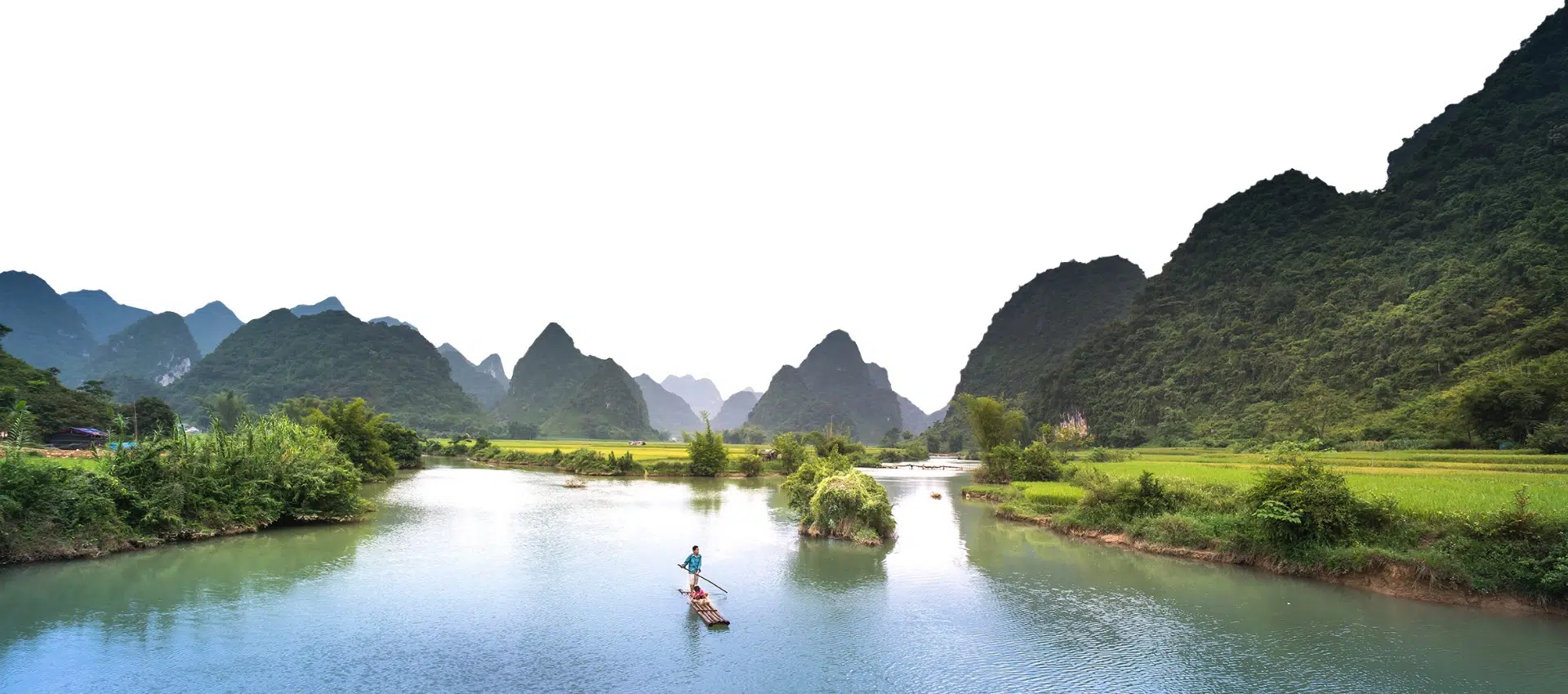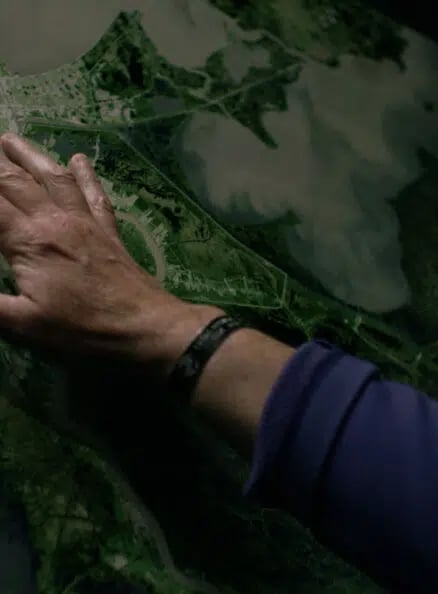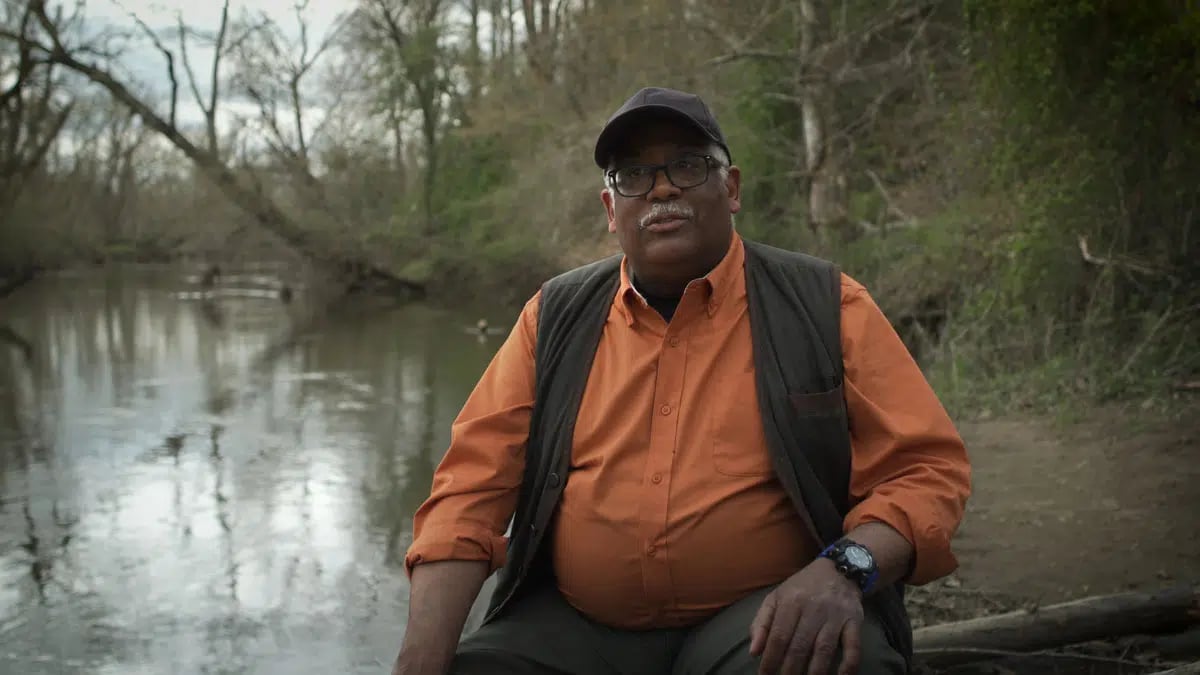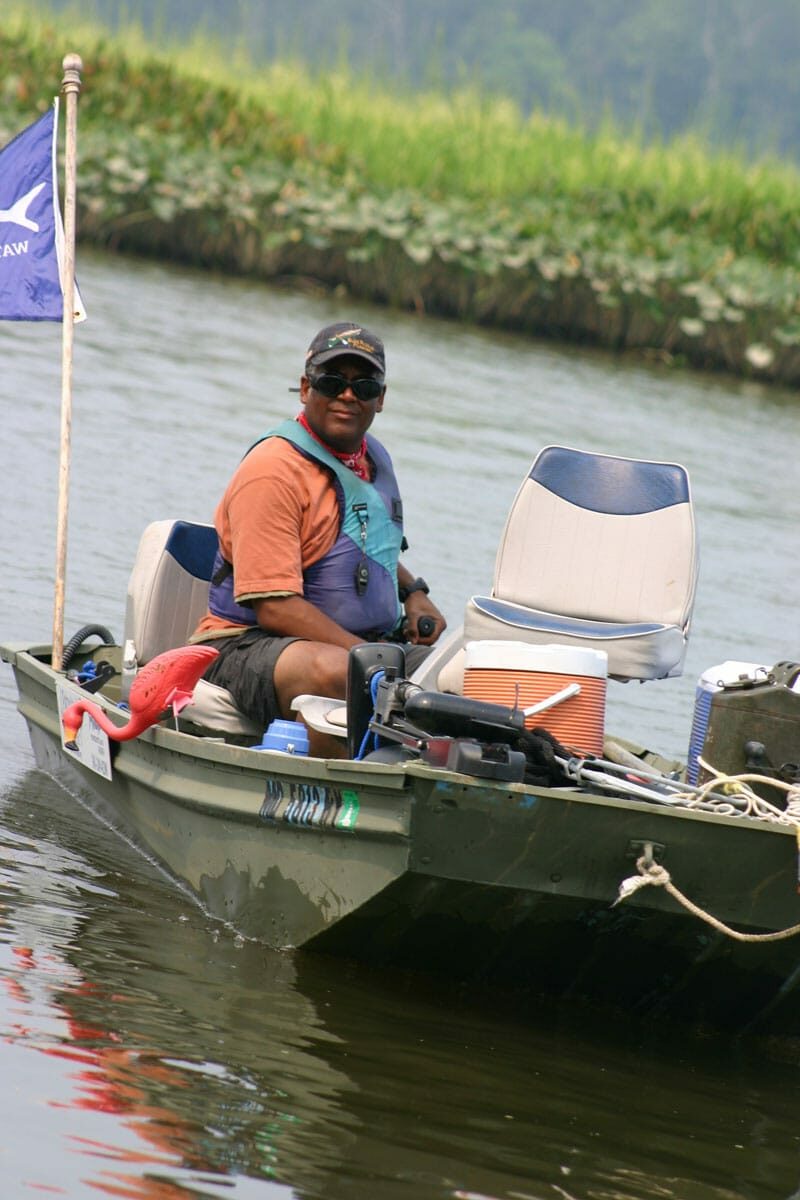LSU RIVER STUDIES - CLINT WILLSON
"70 million years ago, when dinosaurs roamed the planet, the mississippi river was born."
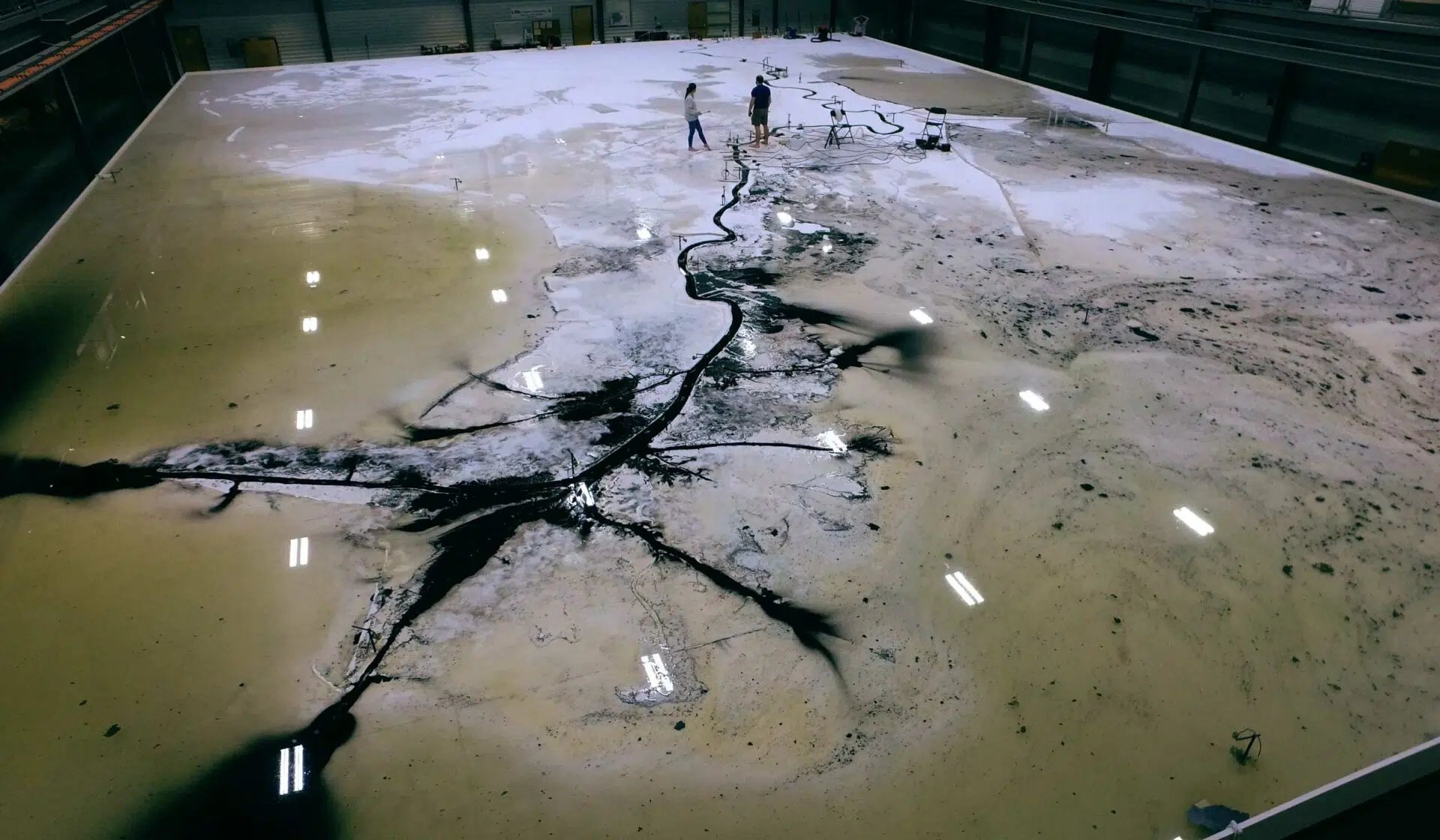
Mississippi River Restoration
Of course, it looked much different then. As tributaries trickled in, the river grew – reaching its largest size 4 million years ago. The Mississippi River we know is only 2 million years old. And it’s colossal.
The river is the second largest in North America, and its watershed is the fourth largest in the world, draining into about half of the U.S. and parts of Canada. At its widest, the river is 11 miles.
“If you’ve ever stood alongside the Mississippi River here in Baton Rouge or in New Orleans, it is just massive,” says Clint Willson, Director of Louisiana State University (LSU) Center for River Studies and professor of civil and environmental engineering.
Wilson has spent 18 years at the LSU Center for River Studies researching the world’s major rivers. Since the Center is located on the banks of the Mississippi, their studies have a special focus on the river and how it interacts with everything around it.
Clint and his work with LSU River Studies are featured in the video below.
Mississippi River
The Mississippi River is the second-longest river and chief river of the second-largest drainage system on the North American continent, second only to the Hudson Bay drainage system. With its many tributaries, the Mississippi’s watershed drains all or parts of 32 U.S. states and two Canadian provinces between the Rocky and Appalachian mountains. The main stem is entirely within the United States; the total drainage basin is 1,151,000 sq mi (2,980,000 km2), of which only about one percent is in Canada.
Understanding The River
“One of our responsibilities here at the Center for River Studies is to first help people understand how the southcentral and southeast Louisiana coast form,” says Willson. “… Think about the Mississippi Watershed as almost a big funnel.”
At some point in your life, you’ve probably added too much liquid too fast into a funnel. Because the river is situated between two mountain ranges – the Appalachias and Rockies – snow melts into the watershed every spring. Now add rain to the mix, and you might witness an overflow.
“One thing that we all need to be aware of is the consequences of small actions and how you can have cumulative impacts.”
Since 1543, the Mississippi River has flooded 43 times. The longest period of flooding was in 2019, lasting 226 days. When European settlers arrived, they tried to stop the flooding by building the first levee in 1718. Now, there are approximately 1,000 miles of levees alongside each side of the Mississippi River.
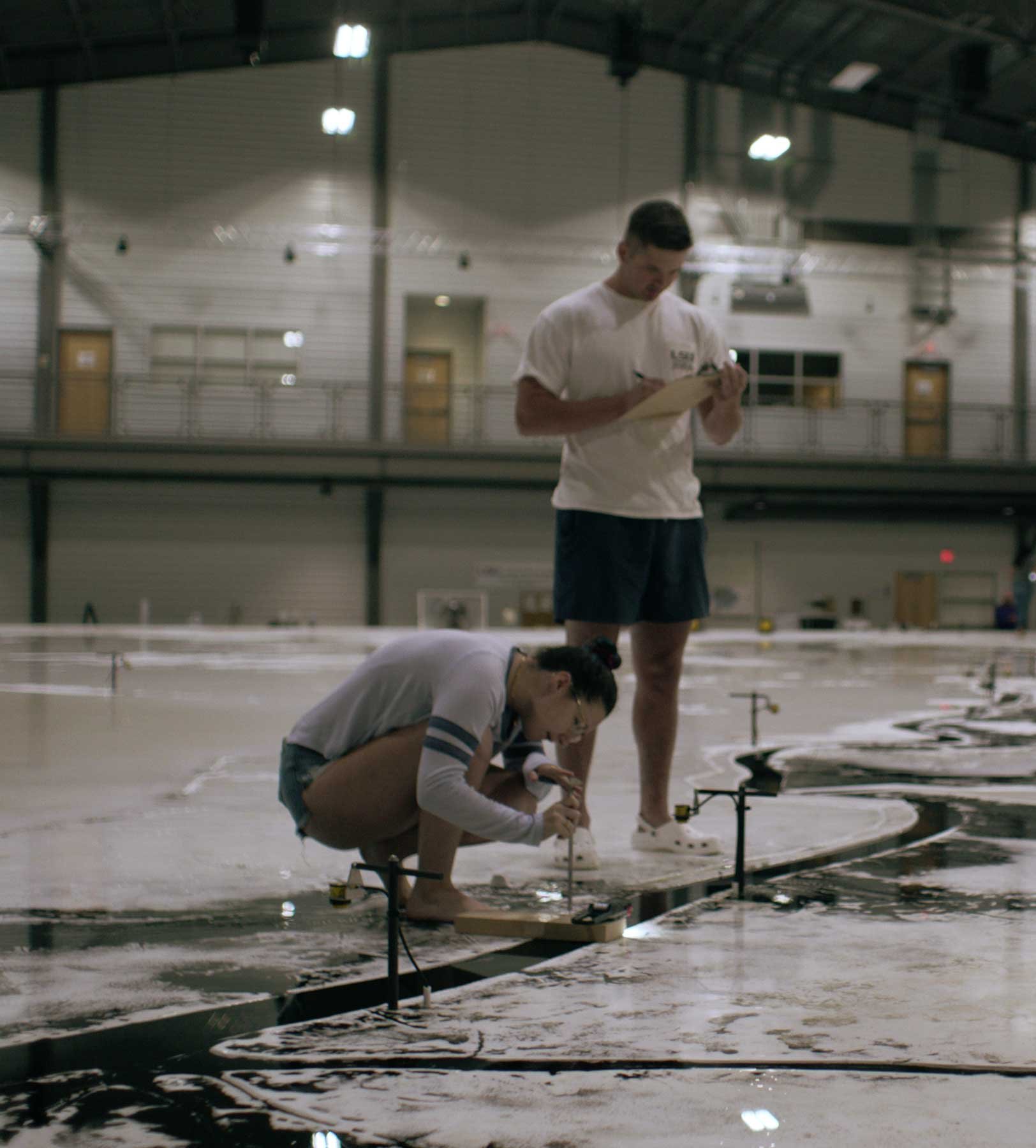

Science of Sustainablity
“When we made the decision to levee the river to protect the people along the river, to protect the industries, and to maintain navigation,” says Willson, “we almost completely disconnected southcentral and southeastern Louisiana from getting the water, the sediment, the nutrients – in other words, we cut off the blood supply.”
The nutrients carried by the sediment are vital to the health of the surrounding wetlands. The Mississippi River and its floodplains are home to at least 260 species of fish, 50 mammal species, and 145 species of amphibians and reptiles, and 60% of all North American birds make a pit stop at the Mississippi during their migratory flyaway.
These sediments also form the southcentral and southeast Louisiana coast.
The Source of the Sediment
When Wilson and the Center look at how much sediment is coming up compared to 200 years ago, however, it’s about half the amount it used to be. Two thousand square miles of land have been lost, and 2,000 more are projected to be lost in the next 50 years. That’s about a football field of coastal land every 90 minutes.
“There are a number of consequences of management or mismanagement of the Mississippi River Watershed.”
The complexity of these issues and the scale of the Mississippi River are exactly why Willson and his colleague’s work at the LSU Center for River Studies is so important.
At the Center, there’s a room dedicated to a 10,000-square-foot model of the Mississippi River system. The model is able to replicate the flow, water levels, and sediment transport of the river. Its lit, glossy surface can even be walked on, but more importantly, you can witness one year of the Mississippi River simulated within just one hour.
Mississippi Ripple Effect
With this model, Willson and his team are working on solutions for two key projects in the state’s coastal master plan: marsh creation and river sediment diversions.
“One of the big questions in 5 years or 10 years, is how is sand moving down the river, and what is the availability of sand for these restoration projects?” asks Willson.
There are ways you can help the Mississippi River, too. Since the river and its watershed are so vast, anything that goes into it has a ripple effect on the surrounding ecosystems. If you live near its waterways, use zero-phosphorous fertilizer on your lawn, compost or bag your leaves and grass clippings, and pick up after your pets – doing so will keep excessive nutrients and harmful bacteria out of the watershed. You can also plant native species in your yard to welcome the diverse wildlife in the area.

85 TEAM MEMBERS
Students, volunteers, and staff over the span of 20 years.

~170,000 Hours
Total research hours conducted by the LSU Center for river studies.

~190 MILES
Miles of the Mississippi positively impacted by your research.
